SUMMARY
This is AI generated summarization, which may have errors. For context, always refer to the full article.
![[OPINION] We do not need another Malampaya](https://www.rappler.com/tachyon/2022/02/malampaya.jpg)
(Disclaimer: The views, thoughts, and opinions expressed in the commentary belong solely to the author, and not to the National Society of Parliamentarians, Inc.)
For two decades, the Malampaya Deep Water Gas-to-Power Project has served the country in different ways: supplying natural gas for our energy needs, lowering electricity rates, generating jobs, and funding socio-economic development projects in provinces like Batangas, Mindoro, and Palawan. These services have positively affected not only our economy but also the lives of the Filipinos. Malampaya is indeed an asset of our country, but unfortunately, the project is nearing its expiration.
Service Contract No. 38 will expire in 2024. Shell Philippines Exploration B.V. sought a 15-year extension from the government in 2010 and 2018 (Remo, 2010; Cabuenas, 2019), to no avail. With its imminent expiration, the Philippines is set to face a power crisis by 2024, even as early as 2022. This would mean at least 12-hour-long rotational blackouts daily, particularly in Luzon. To avert such crisis, two solutions are being proposed:
1) Develop another natural gas field in the country at the soonest possible time; and
2) Switch to liquefied natural gas (LNG) use instead of conventional natural gas.
The first solution requires huge expenses and a long development period, making the second solution more feasible. With just an LNG facility and imported fuel, the country can start its LNG industry. These options, however, are not what we need in the long run. Another Malampaya should be off the table. Three major points can be raised in support of this contention.
1) Natural gas is still fossil fuel.
Cleanest fossil fuel. Bridge or transition fuel. These are some terms used in describing natural gas to promote it as a clean energy source. However, names won’t be enough to hide the fact that this gas releases carbon dioxide (CO2) in the atmosphere when burned. System leaks (e.g. pipeline leaks) allow natural gas, which is primarily methane (CH4), to reach the atmosphere and contribute to climate change. Methane is a potent greenhouse gas that is at least 80 times stronger than CO2 in warming our planet (Masson-Delmotte et al., 2021).
2) Developing a natural gas field takes time.
It took almost a decade before the Malampaya Project was able to produce and sell natural gas in Luzon (Greer, 2002). Developing natural gas fields lasts for several years, entails huge capital and operational costs, and often leads to environmental damages or worst, loss of life. Also, not all natural gas fields can have success stories like Malampaya. A good example is the Libertad natural gas field in Cebu, which produced natural gas in 2012 but halted operations after only three years (Department of Energy, 2020). Uncertainty is an unfortunate part of petroleum resource development.
3) Additional natural gas investments do not align with our climate commitments.
Even as a low GHG-emitting country, the Philippines pledged an ambitious Paris Agreement target of 75% emissions reduction and avoidance from 2020 to 2030 (Climate Change Commission, 2021). It is difficult to achieve this target considering various constraints, but this manifests our willingness to end our fossil fuel reliance. It is pure hypocrisy if we commit to such an ambitious goal and develop more natural gas fields beyond 2030. Cutting emissions by shifting away from fossil fuels is the best climate mitigation measure. Prevention has always been better than cure.
If not additional gas fields, what exactly does the Philippines need? Enabling policies are already in place to support a sustainable energy transition. What we need is to further accelerate the development of abundant and sustainable resources such as renewable energy (Department of Energy, 2021). Here are some measures that the government may consider implementing for this initiative:
1) Some amendments to existing laws and regulations could speed up renewable energy development in the country.
a) Increase the capacity for net-metering (solar rooftop PV) beyond 100 kW, especially for commercial and industrial establishments. This expansion will increase renewable energy capacity in urban areas and ultimately, its share in the energy mix (Gulagi et al., 2021); and
b) Amend Section 7 of R.A. No. 9513 (Renewable Energy Act) to include geothermal energy in the feed-in tariff system. This will help increase the country’s geothermal energy capacity and production which it is at par with the US (Rudnick and Velasquez, 2019).
2) Fully implement all the policy mechanisms of the Renewable Energy Act, especially the Renewable Portfolio Standard and the Green Energy Option Program.
3) Increase utility-scale battery energy storage system (BESS) investments, especially for variable renewable energy sources like solar and wind, to meet baseload renewable requirements and gradually displace coal and diesel in the electricity mix.
4) Limit energy projects of national significance (EPNS) to renewable energy projects only. Apart from Executive Order No. 30, the government must enforce R.A. No. 11032 (Ease of Doing Business and Efficient Government Service Delivery Act) and R.A. No. 11234 (Energy Virtual One-Stop Shop Act) to shorten the gestation period of renewable energy projects.
Such reforms will require rigorous studies and huge investments in the energy sector. However, renewable energy technologies are getting cheaper and more efficient than fossil fuels. We need to take advantage of this situation to quickly get rid of fossil fuels in our country.
Sans the controversies, we owe a lot to the Malampaya Project especially for our energy needs. More than an energy project, Malampaya is a symbol of Filipino brilliance: that we can tap our own natural resources for the good of all Filipinos. But, in the pursuit of a more sustainable future, the Filipino brilliance must offer a better alternative than another Malampaya. And what better alternative is there than our country’s renewable energy resources? The hard truth is: the end of Malampaya must signal the end of a fossil fuel-reliant Philippines. Consequently, it must also mark the beginning of a more sustainable energy future for the Philippines. – Rappler.com
Vince Davidson J. Pacañot is the convenor of the Technical Working Group on Environment of the National Society of Parliamentarians.
Add a comment
How does this make you feel?
![[ANALYSIS] Bakit problema mo rin ang Malampaya](https://www.rappler.com/tachyon/2021/11/TL-Malampaya-November-5-2021.jpeg?fit=449%2C449)
![[OPINION] It’s not me, it’s you: Breaking up with fossil fuel](https://www.rappler.com/tachyon/2021/09/imho-redefining-investments-sq-1.jpg?fit=449%2C449)

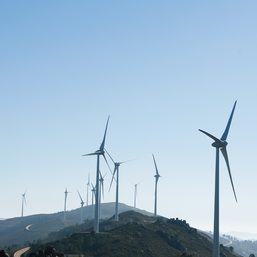
![[ROUNDTABLE SERIES] Powering up: Building a bright future with energy security](https://www.rappler.com/tachyon/2024/04/Omnibus-with-guests.jpg?resize=257%2C257&crop_strategy=attention)
![[OPINION] Fossil fuel debts are illegitimate and must be canceled](https://www.rappler.com/tachyon/2024/04/IMHO-fossil-fuel-debt-cancelled-April-16-2024.jpg?resize=257%2C257&crop_strategy=attention)
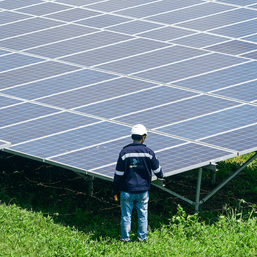
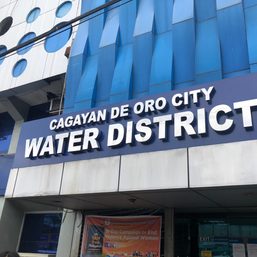
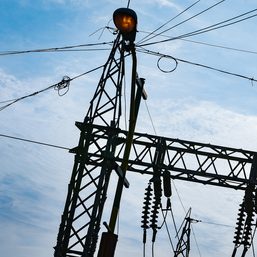
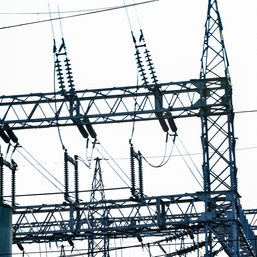
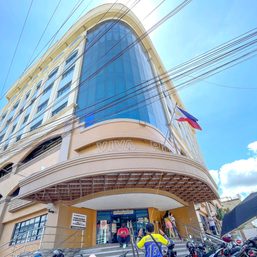
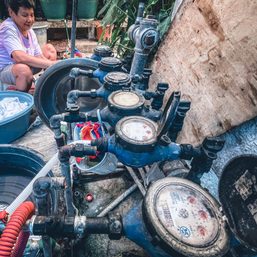
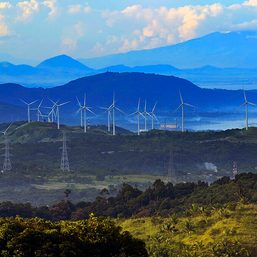

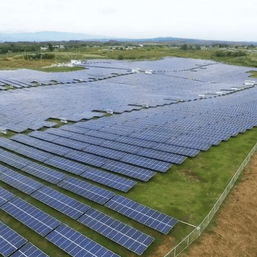
There are no comments yet. Add your comment to start the conversation.